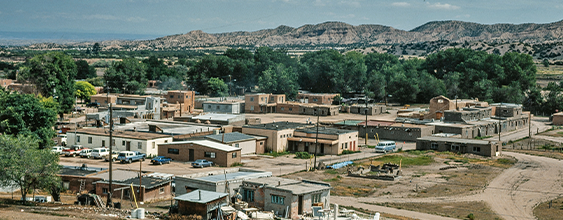If PFAS become “hazardous substances,” what may result from a regulatory and policy perspective?
If PFAS as a class, or select PFAS chemicals, are designated a hazardous substance under the Comprehensive Environmental Response, Compensation and Liability Act (CERCLA) new sites could be included in the National Priority List and closed sites potentially reopened. PFAS-focused site investigations would be needed.
Where PFAS are shown to be present in concentrations greater than federal or state applicable or relevant and appropriate requirements, they would need to be addressed, potentially necessitating new treatment systems or substantial upgrades to existing systems. A hazardous designation would also enhance the ability of the EPA, states and potentially private parties to bring cost recovery and natural resource claims. The designation would also bring legal challenges such as responsibility for PFAS liability originating from past uses required by law, such as AFFF at airports.
The trickle-down effect of the designation would be far reaching.
What are some of the biggest challenges you face in remediation and client awareness of hazards?
The biggest challenges in remediation are the recalcitrant nature of the PFAS compounds. They don’t break down readily. In situ destructive technologies – which remediation practitioners have become accustomed to using to address other contaminants, such as bioremediation – are not yet applicable. As a result, groundwater extraction and ex situ treatment are most often used to address PFAS groundwater plumes.
Some in situ sequestration technologies are being adapted for PFAS in groundwater. We have a decade of experience using these technologies. They are appropriate to limit the spread of the most toxic PFAS to protect sensitive receptors. Unfortunately, the amendments have capacity limits that necessitate monitoring and potentially periodic treatments.
Most clients are aware of PFAS being the next big regulatory focus and that use and testing of AFFF is a primary indicator of exposure. However, many do not realize how widespread the use of PFAS was and is in proprietary ingredients in seemingly benign chemical mixes and materials used in manufacturing processes. Our proactive PFAS services are designed to identify and mitigate these hidden exposures before regulators explicitly mandate action.
How does WSP incorporate innovation and leadership into PFAS remediation and awareness efforts?
At many sites, “completing” a groundwater remediation to achieve restoration goals is not possible with the current level of technology. Managing the problem in a manner that is protective of receptors is the only practical endpoint strategy to address PFAS contamination today.
WSP’s focus has been on proactive PFAS avoidance strategies. Our due diligence program, which informs prospective purchaser clients on potential PFAS liability early in the due diligence process, is a great example that is highly valued by our clients. We also educate our clients as to potential future liability by connecting the dots of emerging PFAS regulatory trends.
For example, in the U.S., approximately half of the biosolids produced by major publicly owned treatment works (POTW) facilities, 2.4 million dry metric tons, are disposed by agricultural and non-agricultural land application. Significant additional sources of land-applied solids are associated with industrial treatment and smaller POTWs. Land application of biosolids is a very low-cost method of beneficially using this waste product as biosolids containing macro and micronutrients that support plants.
However, industrial and residential discharges to POTWs provide PFAS loads that accumulate in wastewater treatment plant biosolids, most of which are ultimately recycled for beneficial use as agricultural fertilizer. Much of the PFAS within land-applied biosolids ultimately leach to groundwater, thereby affecting drinking water resources.
Given the huge costs associated with managing biosolids differently or upgrading POTWs to more efficiently address PFAS, regulatory action to limit PFAS input into POTW waste streams appears inevitable. Some states have begun the process regulating PFAS input into municipal waste streams.
What is the net result for a client when these PFAS analysis or remediation efforts are completed?
Proactive PFAS measures can potentially eliminate PFAS liability through avoidance strategies. Where clients “own” existing PFAS problems, future monetary and reputational liability can be mitigated by implementing some or all recommended proactive PFAS measures, such as identifying their use, substituting materials where practical and controlling releases were necessary.
Eliminating PFAS discharges to POTWs is a good example. Another example is retrofitting AFFF fire suppression systems with non-PFAS alternatives. Where this is not feasible, installing systems to capture discharges for proper disposal could avoid impacting communities and future costly cleanups.
[To subscribe to Insights, contact the editorial staff at [email protected].]

















